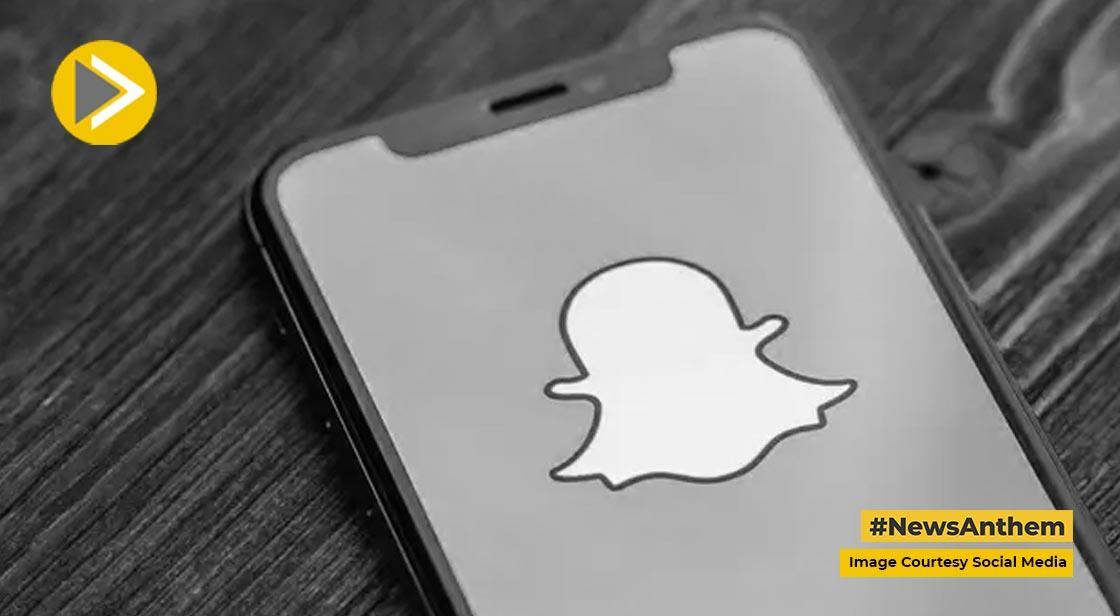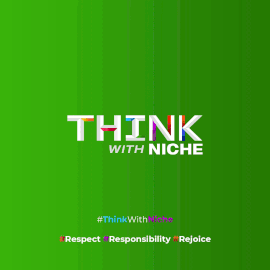Snapchat's Half-Swipe Feature Adds More Pressure to Teen Dating

News Synopsis
Snapchat’s half-swipe feature has become a source of stress for teenagers, particularly in the realm of dating. Originally designed to offer users more control over message responses, the feature has had unintended consequences. Reports suggest that it has heightened anxiety and uncertainty, especially among teenage girls who are more sensitive to social cues.
How the Half-Swipe Works
Half-swipe allows users to preview a message without fully opening it, meaning the sender does not receive a read receipt. However, if the user accidentally releases their finger, the message is officially marked as read. While the feature was introduced to ease the pressure of instant replies, it has instead created confusion and tension in teenage social interactions.
The Impact on Teenage Relationships
Snapchat has become a dominant platform for teenage communication, often serving as the foundation for budding relationships. The way a person interacts with messages—whether leaving them unread, responding immediately, or half-swiping—can send subtle yet significant signals about their level of interest.
Many teenagers now find themselves analyzing these digital cues to interpret their social standing. A delayed or ignored response can lead to overthinking and self-doubt, amplifying stress levels in young relationships.
Personal Experiences of Teenagers
Fifteen-year-old Elke Thorsen from Connecticut expressed frustration with the uncertainty the half-swipe feature brings. “It’s hard to understand how someone truly feels about you when they use the half-swipe. It makes everything more confusing,” she said.
Seventeen-year-old Jordyn Drap from New York shared a similar experience. “I saw him half-swipe my message, and then I waited an hour for a response. When he finally replied, he didn’t even acknowledge the delay. It was frustrating because I knew he was on his phone the whole time.”
Snapchat+ and the Half-Swipe Detection Feature
To address concerns regarding the half-swipe, Snapchat introduced a feature for Snapchat+ subscribers that allows users to detect when someone is half-swiping. A small “eyes” emoji appears, indicating that the recipient is lurking but has not officially opened the message.
However, instead of reducing anxiety, this feature has made users more self-conscious. Now, senders obsess over whether their messages are being seen but ignored, while recipients worry about getting caught checking messages without responding immediately.
Why Teenage Girls Are More Affected
Psychologists suggest that teenage girls tend to be more sensitive to online social interactions due to societal expectations. Girls are often taught to be nurturing and to pay close attention to interpersonal dynamics, making them more attuned to subtle cues of rejection.
Sophia Choukas-Bradley, a psychology professor at the University of Pittsburgh, explains: “Girls are socialized to be more responsive and considerate in conversations. When they perceive a lack of engagement from the other side, it can be particularly stressful.”
Elle Liemandt, a 16-year-old from Texas who shares dating advice on social media, highlights the impact of half-swiping in teenage relationships. “If someone does it once, it’s fine. But if it happens repeatedly, it might be time to rethink the relationship,” she advises.
Why Boys Use Half-Swipe Differently
While many teenage girls experience emotional stress over half-swiped messages, teenage boys tend to use the feature more practically. For them, it serves as a way to buy time before responding.
Seventeen-year-old Keyen Gupta from Austin explains, “Sometimes I’m busy with homework or other things, so I use half-swipe to check a message quickly without feeling pressured to respond right away. It’s not meant to be rude.”
However, many girls assume the worst when they notice someone half-swiping their messages. The lack of direct communication leaves room for misinterpretation, leading to unnecessary emotional turmoil.
The Bigger Picture: Snapchat and Teenage Anxiety
Snapchat has a history of introducing features that unintentionally increase social pressure. From Snap Maps, which reveal where friends are hanging out, to the friend solar system that ranks friendships, the app often amplifies teenage insecurities rather than alleviating them.
Although Snapchat states that its goal is to create a stress-free environment, the reality for many teenagers is quite different. “Our hearts go out to every teen navigating dating—it’s really tough!” a Snapchat spokesperson said. “We try to introduce features that minimize pressure, not add to it.”
Despite these assurances, the half-swipe has become another layer of complexity in the already challenging world of teenage dating. Rather than simplifying communication, it has transformed texting into an emotional puzzle that many teens struggle to decipher.
Conclusion: Navigating Digital Dating Stress
The half-swipe feature on Snapchat was intended to offer more control over conversations but has instead contributed to stress and confusion in teenage relationships. While some view it as a harmless tool, others see it as an obstacle to clear communication.
For teenagers trying to navigate modern dating, understanding digital communication patterns is essential. Open conversations, setting boundaries, and managing expectations can help reduce the pressure associated with social media interactions. As technology continues to evolve, so must our awareness of its impact on emotional well-being.
You May Like









